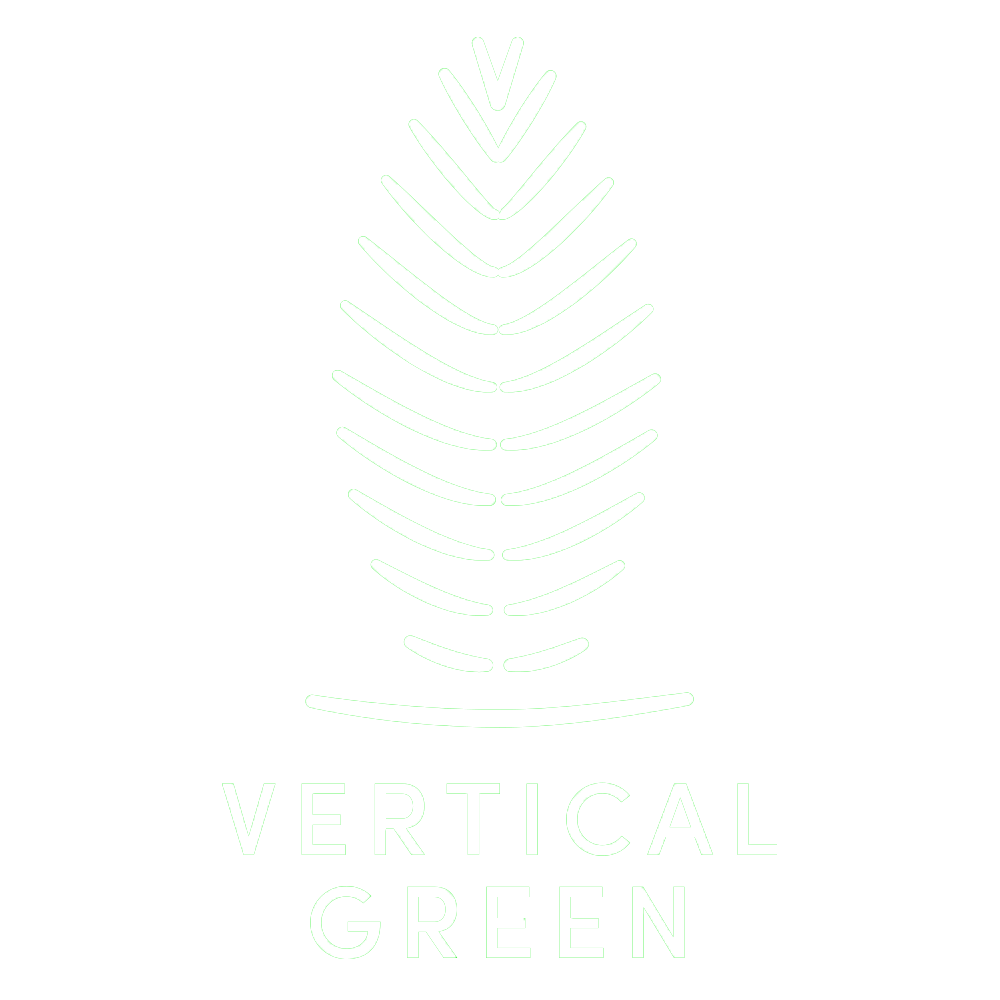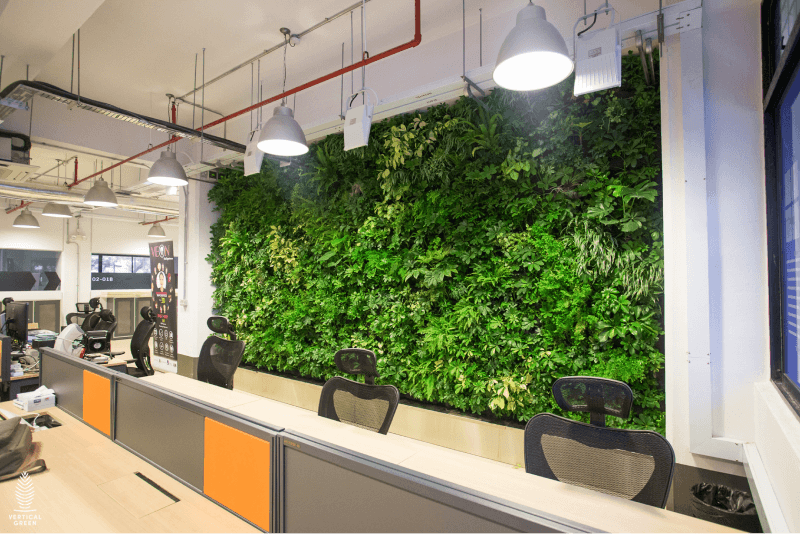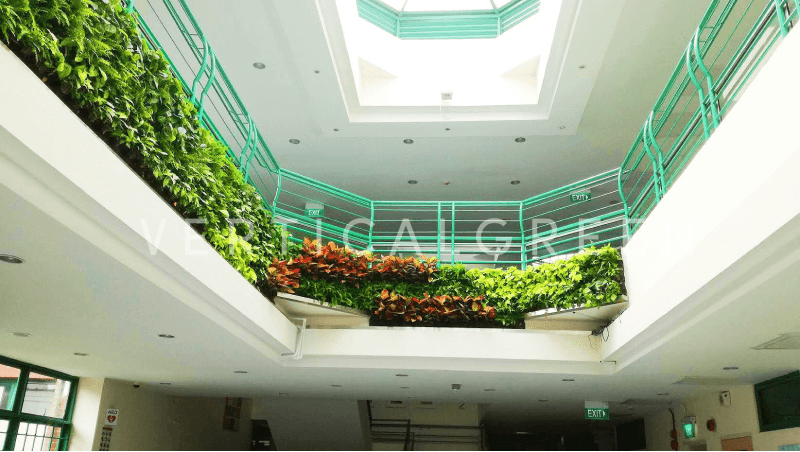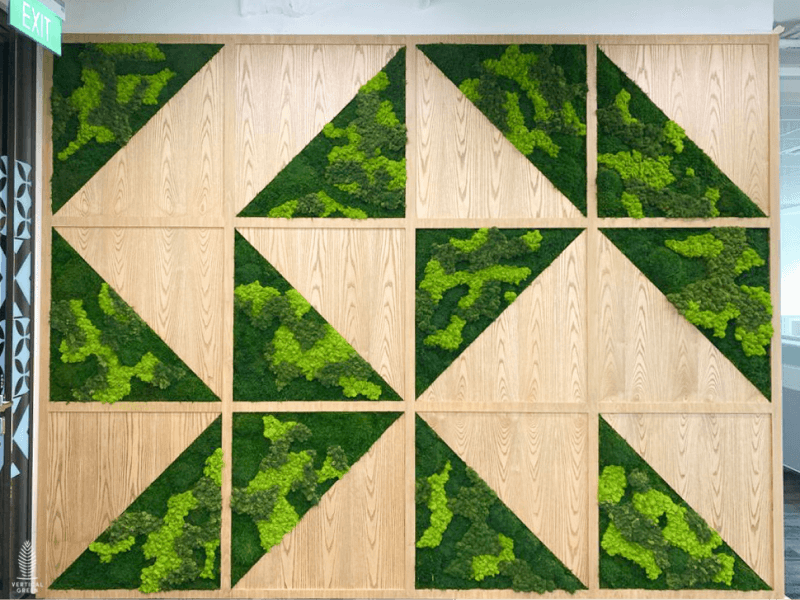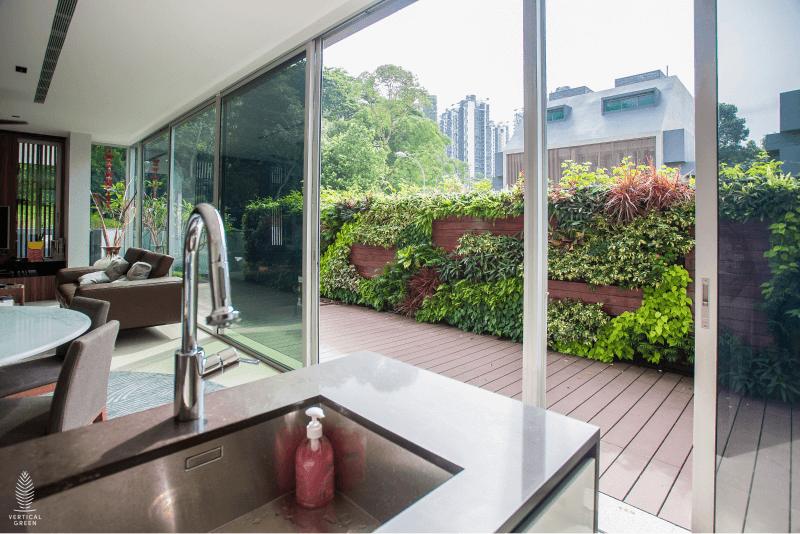In 1906, American architect Daniel Burnham laid out a grand plan for Manila—a modern, livable city with abundant foliage, efficient road systems, neatly arranged public buildings, and welcoming public spaces.
Unfortunately, this plan never saw the light of day. Today, Metro Manila is a muddle of noise, pollution, and traffic. Construction activities are rising alongside an increasing number of infrastructure projects, both commercial and residential buildings. Throw in the congestion and seemingly insurmountable traffic situation and you have for yourself a high-stress urban jungle.
Environmental effects of urban development
Such developments, as well as the increased density of population in urban areas, bear consequences for the environment.
- Urban areas have higher energy consumption for electricity and transportation. Higher amounts of automobile exhaust produce higher levels of lead in the air.
- Consumption of energy in urban areas generates heat islands that can change local weather patterns. These heat islands shut in atmospheric pollutants, leading to high levels of air pollution.
- Fewer places to plant trees and greenery leads to loss of urban tree cover, which causes higher heat levels in the urban environment.
Keeping buildings cool
The negative impact of urban development on the natural environment presents challenges to architects, business owners, and engineers. Architectural firms that aim for sustainable building practices are constantly looking for ways to make their project visually appealing, energy efficient, and environmentally friendly.
In the Philippines’ tropical climate, cooling is a primary concern during the dry season. Various concepts and techniques have been used to minimize the use of mechanical cooling systems and to save on energy costs:
- Changing the landscaping of the building
- Using window films and blinds to minimize heat gain and control natural light
- Upgrading to LED and fluorescent lights
- Replacing old cooling equipment with energy-efficient ones
Using green walls
Some buildings in the Philippines have applied a passive cooling system known as green walls. These walls are composed of greenery—like moss or grass—or plants that are fixed vertically to a wall or frame. The plants grow directly on the wall while being rooted in the growth medium, which consists of soil, stone, or water.
Green walls, whether natural or synthetic, provide various positive effects for buildings, occupants, and the environment:
#1 Increased energy efficiency in buildings
Green walls help buildings become more energy efficient, reduce carbon emissions, and reduce the urban island effect. According to an analysis by Canadian design firm Green Over Grey, the surface of an exterior green wall is cooler than that of an exposed wall, so less heat is given off indoors. Indoor green walls decrease the temperature of the room and can cut back costs for air-conditioning by up to 20%. The level of energy saving depends on the type of the building, the climate, and the density of plant coverage.
#2 Improved aesthetics of the building
Incorporating vertical landscape design to a building improves its visual impact. Using green walls as part of the design improves the visual impact of a building. Eye-catching plants can liven up a space made out of bricks and concrete. Green walls also help address the lack of green spaces in urban environments.
#3 Enhanced indoor air quality

Green walls contain numerous plants, all of which absorb and clean pollutants from the air. Through photosynthesis, plants absorb carbon dioxide and release oxygen.
Some plants are
more effective than others in terms of improving indoor air quality.
For example, peace lilies are better at removing carbon monoxide, while
devil’s ivy is recommended for removing formaldehyde.
If it is
too high-maintenance to use natural plants throughout the entire space,
consider utilizing both real and artificial plants to achieve the
desired effect.
#4 Improved health of the organizers
A substantial body of academic research has shown that exposure to nature decreases negative feelings and improves positive ones. People are reported to be more productive and experience less stress when exposed to greenery. Employees take fewer sick days and make fewer mistakes when their working environment includes greenery. With plants absorbing and cleaning air pollutants, buildings with green walls have lower instances of the Sick Building Syndrome, usually marked by headaches and respiratory problems.
#5 Building surface protection
Green walls help reduce the surface protection of a building and extend the lifespan of the exterior. The protection comes from keeping rain off the building while allowing moisture to escape. This reduces the contraction and expansion of materials. Green walls also protect against solar and wind radiation that may also affect the building materials.
#6 Better sound insulation
Green walls serve as barriers against noise pollution, making the environment more comfortable for its occupants. They also reduce background noise levels inside buildings, making the space more tranquil. The degree of sound insulation depends on factors such as the depth and type of plants, the layer of air between the plants and the wall, and the materials used for the structure of the green wall.
Ongoing urban developments in the Philippines have consequences of the environment, and there is an increasing demand for architects, building owners, and engineers to make their structures environmentally friendly and energy efficient. The green wall is another sustainable system that provides solar protection, sound insulation, air quality improvement, and other benefits.
Liven up your building space with green walls from Vertical Green. We transform spaces to connect people to a greener, healthier, and happier environment. For inquiries, send a message on our contact form or call +63 918 915 6818.
